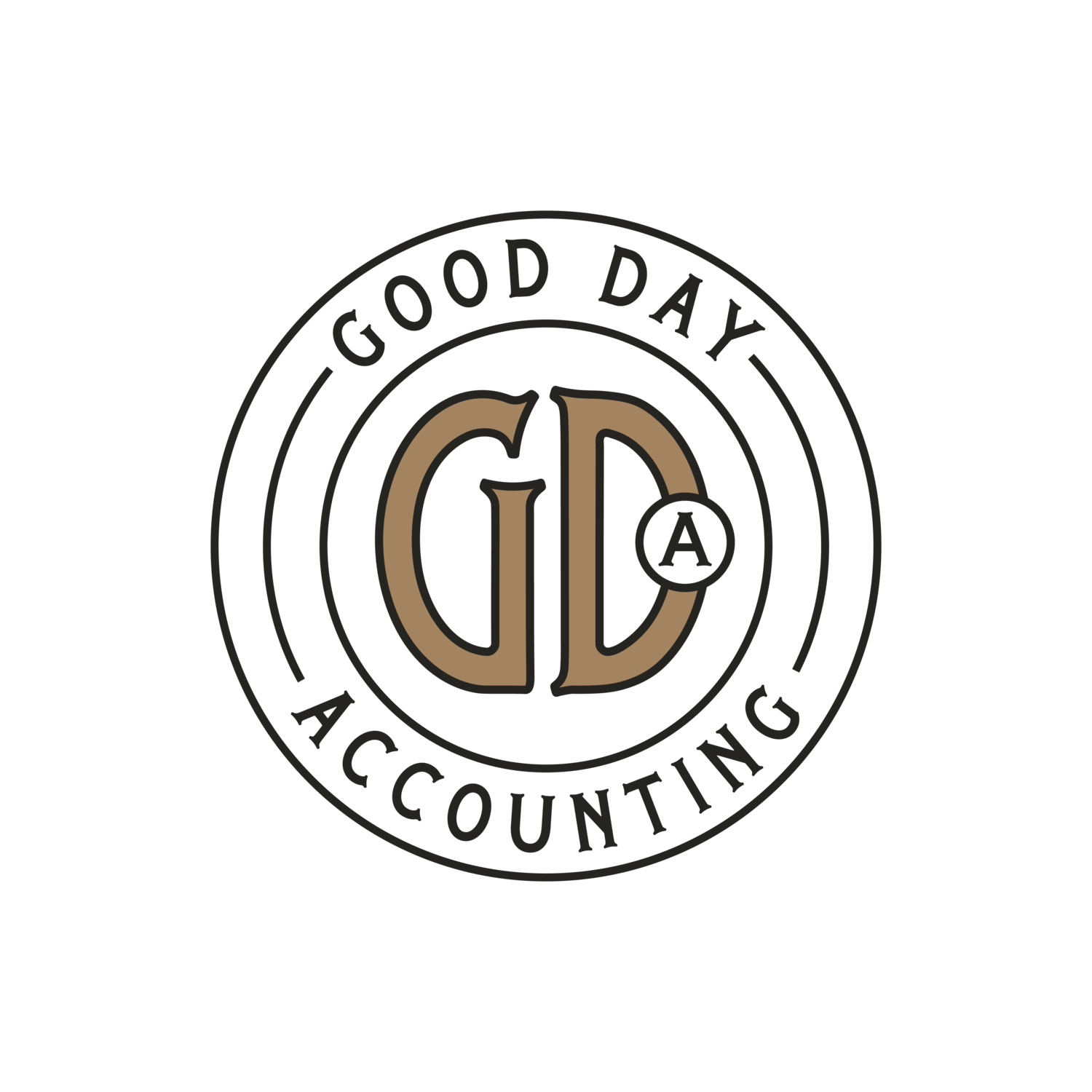PPP Flexibility and Forgiveness
Updates to the PPP
Spending time increased to 24 weeks
Payroll spending decreased to 60%
More exceptions for forgiveness
New forgiveness applications (EZ... can it be?)
On June 11, the SBA published changes to the rules regarding the Paycheck Protection Program, many of which were passed into law on June 4 as the Paycheck Protection Program Flexibility Act of 2020. There are some pretty big changes in these new rules; changes to forgiveness proportions, to covered period length, to loan repayment length, and to safe harbor exceptions. They even updated the forgiveness applications, releasing a new version as well as an EZ form for specific Borrowers. Let’s walk through these rules together!
"Covered Extension" Period
This is probably one of the biggest changes to the PPP rules. Initially, guidance stipulated that you had to use the funds in a specific 8-week period of time. The "covered period" was the 8 week period beginning on the “date of origination of the loan” (or the day you received the money). Now the “covered period” is 24 weeks, instead of 8 weeks.
Changes in Percentage Spent on Payroll
The cap on non-payroll spending has been raised! Instead of spending 75% on payroll and 25% on non-payroll costs, now 40% can be spent on non-payroll costs, and the loan can still qualify for forgiveness. That means, to achieve full forgiveness, you need to spend at least 60% of the loan on payroll -- but that should give those who need it a bit more flexibility.
The SBA also sent out rules that covered determining payroll costs and owner compensation in calculating PPP loan forgiveness under the new 24-week covered period.
That calculation is not the same as the 8-week period calculation (which was 8 ÷ 52 x 2019 net profit), but caps any pull to 2.5 months of profit (so 2.5 ÷ 52 x 2019 net profit). This change in calculation for the owner draw was made to cover some loopholes that could occur because of how the PPP is built. Said loopholes could have an owner let go of an employee, apply for a safe harbor, and take the whole of the PPP loan for themselves, as laid out in a Journal of Accountancy article by Jeff Drew.
Loan Repayment Length
Original loan repayment lengths were 2 years. However, thanks to the new rules, any loans made after June 5 have a repayment length of 5 years. That’s great! And keep in mind that a loan is created when the SBA assigns a loan number to it. If you applied before the 5th but had a loan number applied on June 5 or after, then your loan should have a 5-year repayment term.
Safe Harbor Extensions
The original PPP rules had expectations regarding a Borrower retaining or regaining their workforce or a certain level of business, even during the pandemic. But thanks to the new rules, if you have trouble rehiring old workers or hiring new ones, you can still be eligible for full forgiveness.
If you can show, with a paper trial, that you tried to return to the same level of business activity you had prior to February 15, but you weren’t able to because of compliance with legal requirements for sanitation, physical distancing, and worker or customer safety, then you should be able to apply for the full forgiveness.
New Forgiveness Applications
About a month after getting our first look at forgiveness applications, we’ve got some revised ones! These applications, which are part of the 19th change to the PPP since it began, are similar to what was released in May. However, they have been updated to match the new 24-week covered period that Borrowers have to use the PPP loan.
In addition to this updated application and new guidance, we’ve also got an EZ form of the application. This shorter form (three pages, as opposed to five) can be used by Borrowers that
Are self-employed and have no employees; or
Didn’t reduce the salaries or wages of employees by more than 25%, and didn’t reduce the number or hours of their employees; or
Experienced reductions in business activity as a result of health directives related to COVID-19 and did not reduce the salaries or wages of their employees by more than 25%
If you do not fit any of the above criteria, you’ll have to use the full forgiveness application.
What Do I Need To Do?
These changes may or may not impact you, depending on your spending choices or when you got your loan. But no matter what, it’s important to follow best practices for spending the PPP loan and keeping track of what was spent and where.
Make sure you keep your eyes peeled for messages from your Lender regarding forgiveness application portals. Similar to when you applied, Lenders are streamlining the forgiveness application process. If you haven’t heard from your Lender, it may be a good idea to reach out and get guidance from them as well.
As a reminder this information is as we know it today, PPP continues to develop and change, and nothing stated here can guarantee loan forgiveness. Our goal is to keep you well-informed and as prepared as possible so you can continue to have a Good Day!


